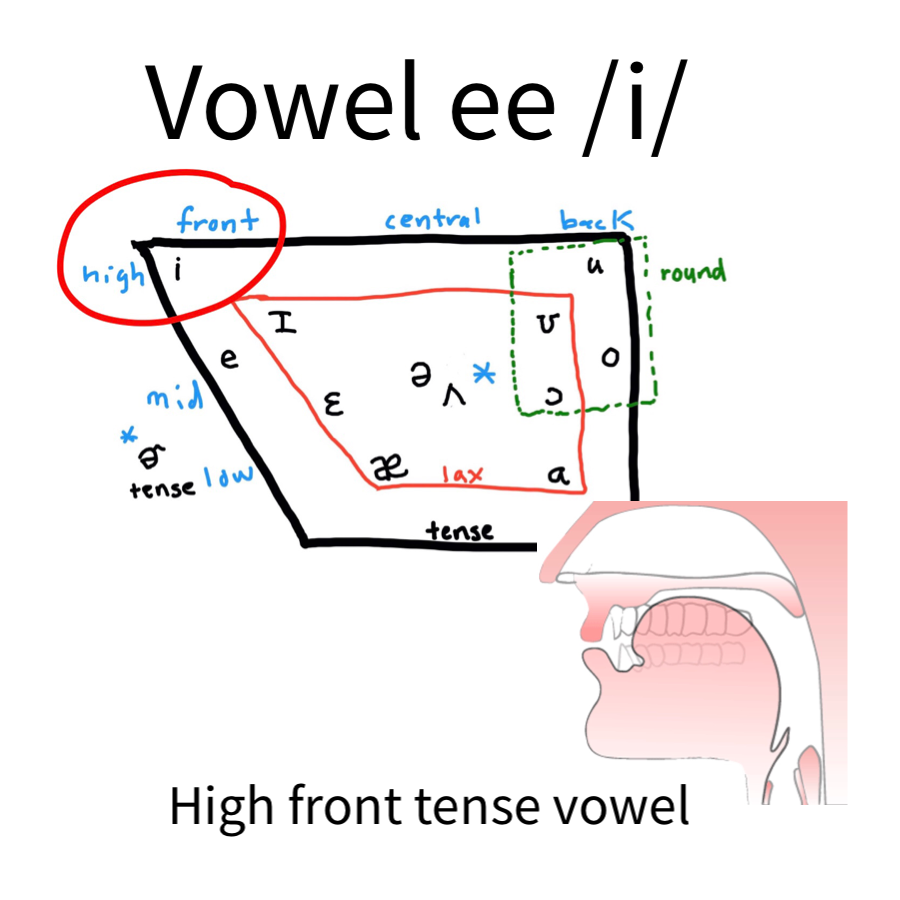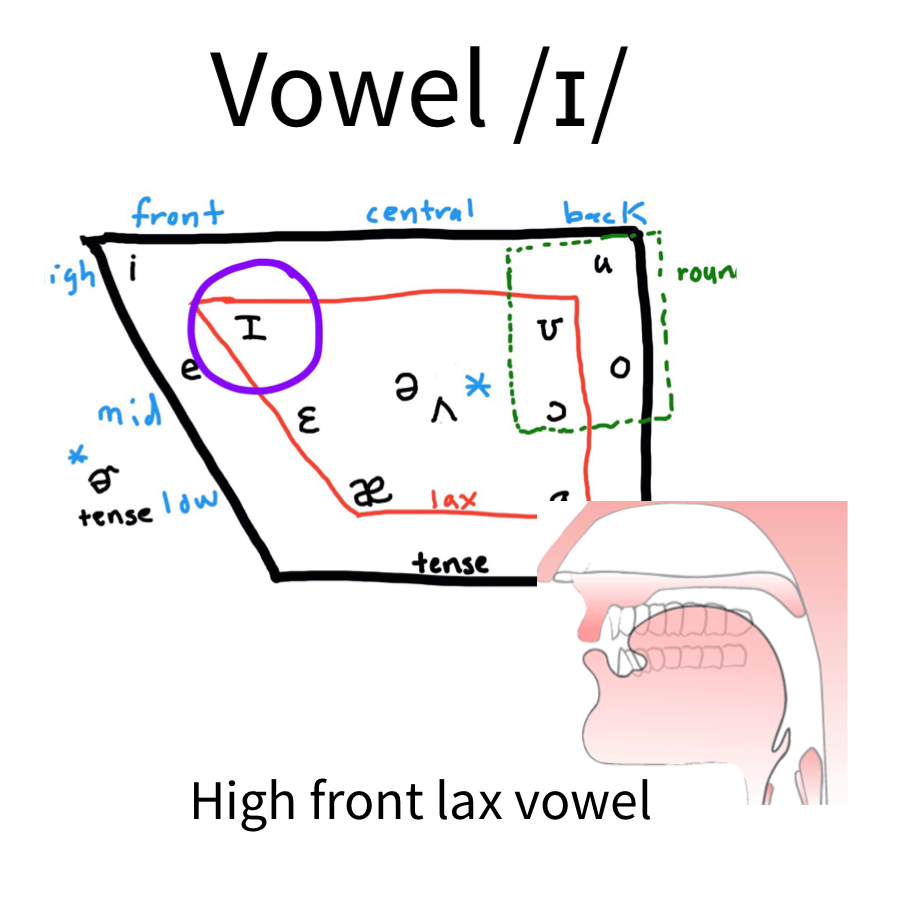|
In today's lesson, we looked at the vowels /i/ and /ɪ/. These vowels are both high front vowels, and many non-native speakers have difficulty distinguishing these two vowels. This may be because your native language has only one high front vowel, /i/. The best way to work on these vowel sounds is to practice on the /ɪ/ vowel and establish a strong vowel /ɪ/, then work to make sure your /i/ vowel is distinct. Vowel /ɪ/ is lax, which means the tongue and facial muscles are more relaxed for this vowel sound than for the tense /i/ vowel. The tongue is also slightly lower in the mouth than for the /i/ vowel, but this difference can be hard to feel. Use the video below to work on these two vowels. In day 21, we talked about anchor words for vowel sounds. For /i/, I use green leaf. For /ɪ/, I use pink pig. To work on these vowels, practice common words for vowel /ɪ/: didn’t different it is live if been his Listen to and practice contrasts - minimal pairs, and mixed phrases: eat it bead bid leave live read rid eat fish be sick he is is she it needs with me When you are ready, add repeated phrase practice for vowel /ɪ/: is it _____ ready, time, yours, mine with the ____ group, computer, weather did you ____ hear, say, know, talk Use the videos below for even more practice.
0 Comments
Leave a Reply. |
Categories
All
Archives
May 2024
Have Questions?
Get A Free Consultation We offer a free 30-minute phone consultation. Schedule yours now. |


 RSS Feed
RSS Feed

